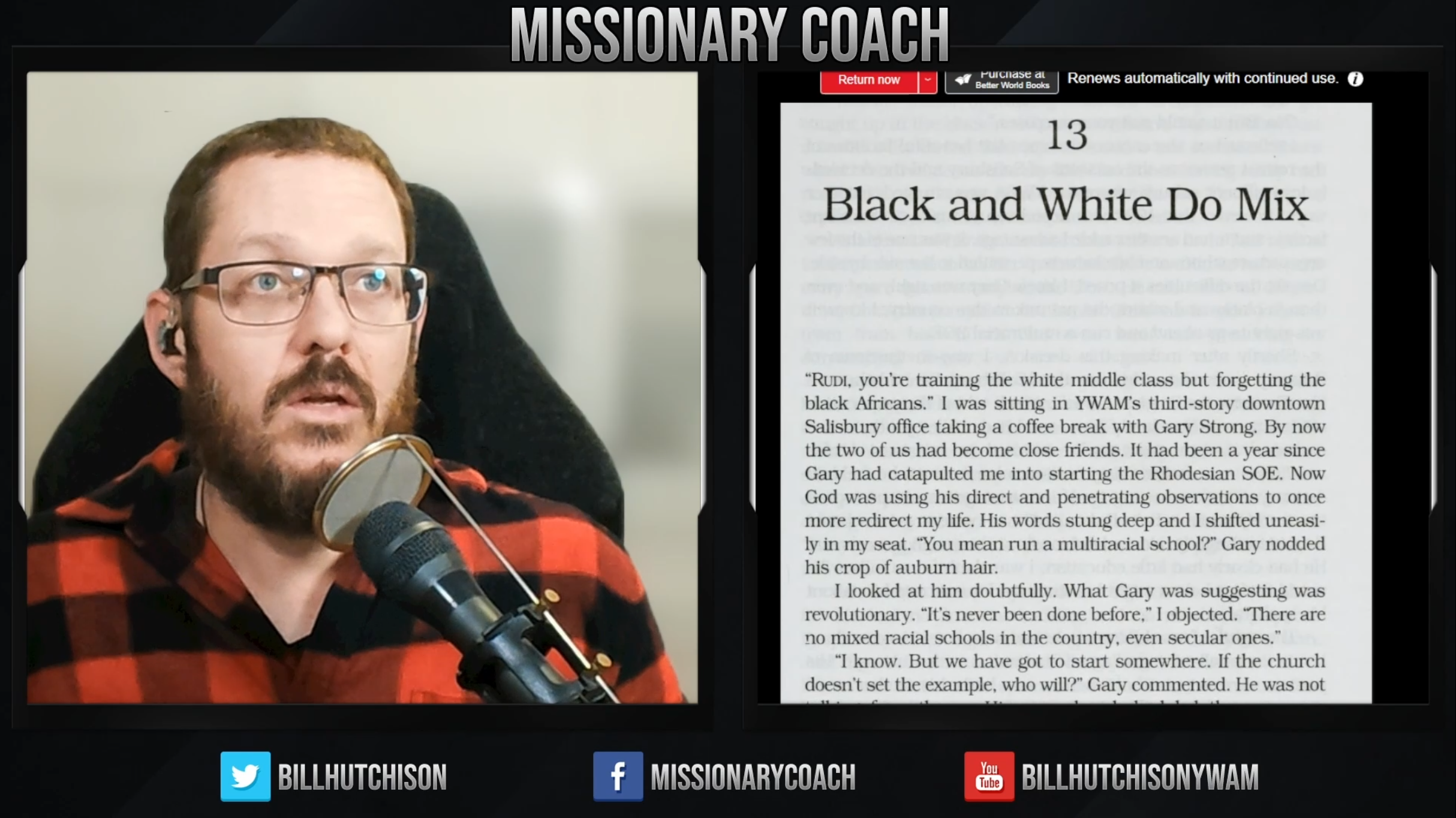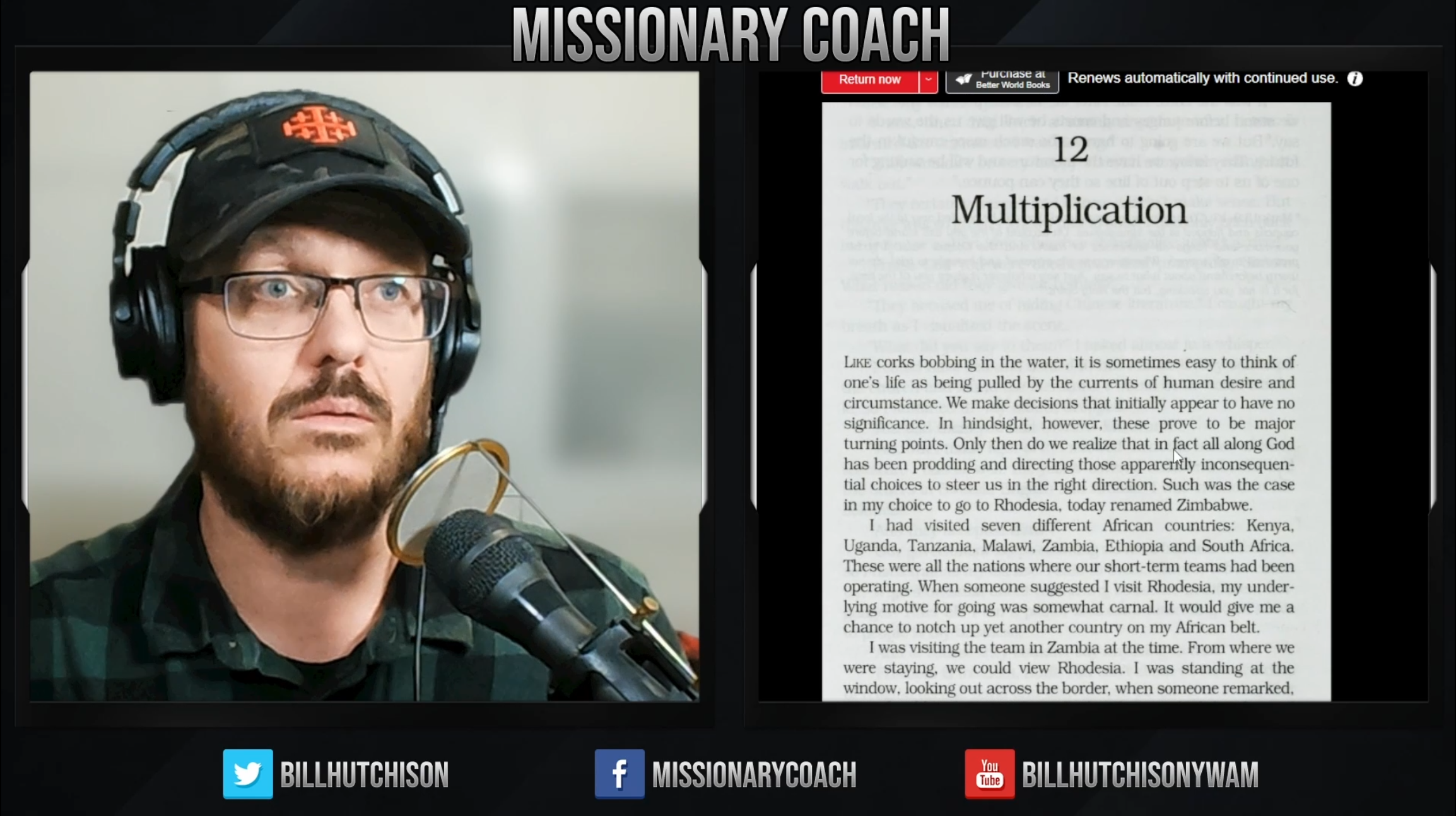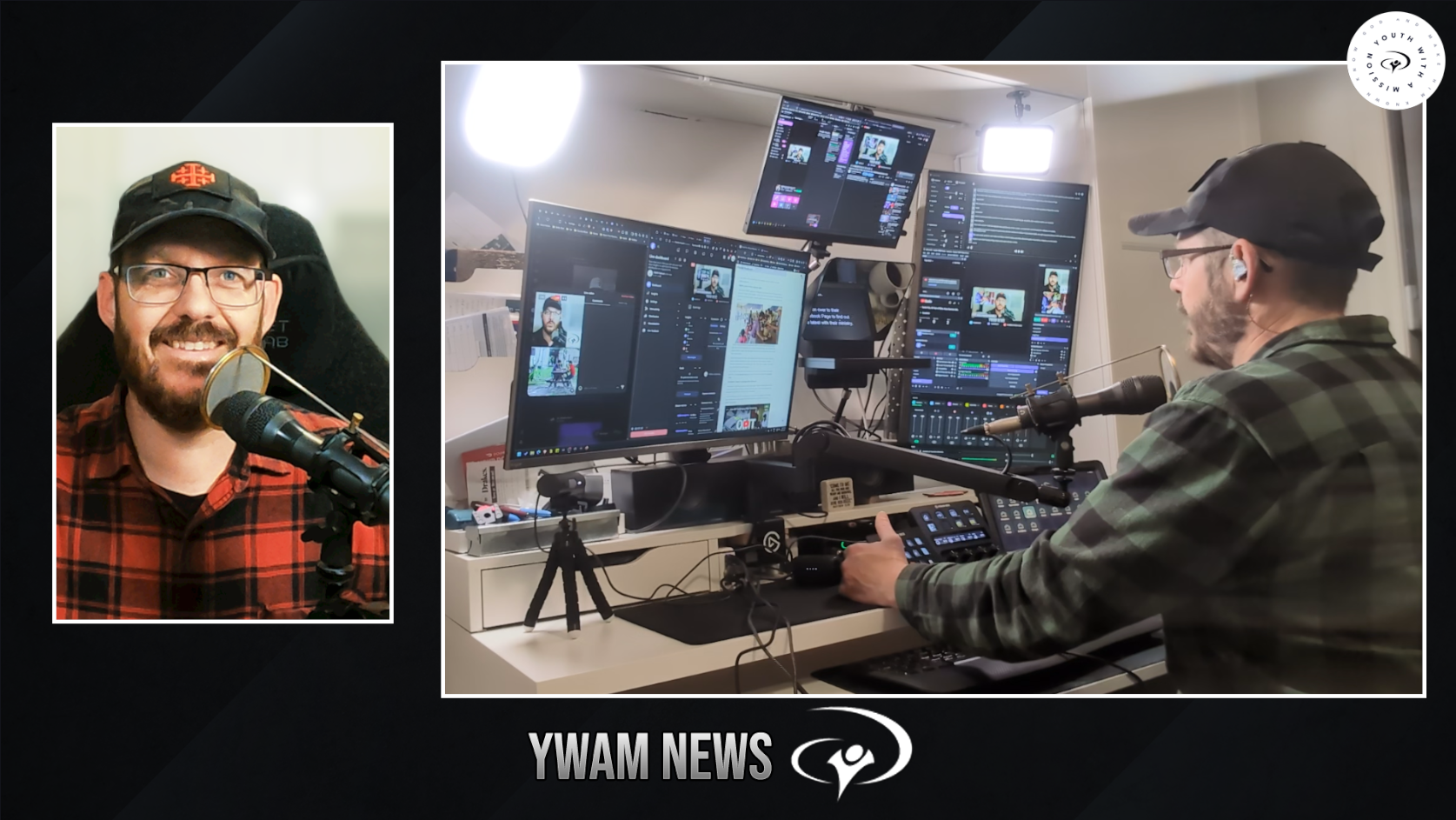 A few weeks ago we had a great discussion over on the YWAM Communications Facebook Group about how to better engage Youth With A Mission students for generating content for a YWAM Ministries blog or website. One of the challenges that we have as a ministry is communicating what God is doing in the nations, and getting the story out there.
A few weeks ago we had a great discussion over on the YWAM Communications Facebook Group about how to better engage Youth With A Mission students for generating content for a YWAM Ministries blog or website. One of the challenges that we have as a ministry is communicating what God is doing in the nations, and getting the story out there.
Monika Allen has been extremely successful at engaging with their students at YWAM Madison to create some great content for their ministries blog. She was kind enough to share how she engages with their students to generate the news and stories for their site:
How to get U of N students writing for your YWAM blog
1. Enrol an Editor
While the stories look like they are written solely by the students, I actually edit them (sometimes heavily, depending on the students’ writing ability) or create them from interviews with the student. I then say they are by that student or at times will say “by … with Monika.” In other words, I’m the blog “ghostwriter.” This way, we’re able to keep a more consistent voice and quality to our online blogs while also showing the diversity of our student body.
2. Coach your Outreach Teams
We coach our teams before they go on outreach. I also teach on writing in seminars and in other YWAM schools. I’ve developed a teaching on how to write an outreach story, as well as a packet with sample stories that we send with each team. One of the things I go over with them is how to discover a story. Ideally, each team has one or two people who think of themselves as an “embedded journalist.” Their job is to listen to their teammates and watch what is happening on the outreach (while also being involved, of course) — they then send me at least one story per week while they’re on outreach. Depending on the outreach and internet access, they send me more than that. I also try to get them to send me a couple good pictures, otherwise I search through our archives or on Flickr’s Creative Commons for compelling images.
3. Value Communication
Cultivate an atmosphere of communication and storytelling — we see it as a ministry and as something that God directs his people to do — to tell about his great works among the nations!
Another teaching I do in the DTS is an hour on Psalm writing, which also adds to the students’ confidence in being able to write and share what God is doing in their lives. It helps that our Children at Risk DTS seems to draw the creative types who are very passionate about the cause of helping children. Several see themselves as writers or photographers already, so it is fun to give them a couple tools to better communicate. What has also helped draw these kinds of students, and help our current students and staff see the value in communicating and telling stories, is our blog!
4. Be-friend your students
I am Facebook friends with many of the students, so I see their blog posts that they share with their friends. If I see a particularly moving blog post, I ask for their permission to post it. (Sometimes I lightly edit.) Or, in my times hanging out with the students or listening to the staff share about what’s happening in the school, I hear something interesting and then seek out the student to have them tell me their story.
5. Connect with Students’ Contacts
Before our teams leave for outreach, we have them push for their friends and family to subscribe to our email updates. I then send out a weekly email update with links to the latest blog posts. This excites the students to send more stories and also helps those who may not be as good at communicating home. It also helps their parents and churches to have more understanding and trust in our organization because they can see what is going on, they can pray, and they can be excited for the students “in real time” not just at the end of the outreach. We strive to make our stories concrete and visually descriptive.
6. Recruit for Communication
I now have a communications assistant who will help me interact with other schools and departments on our campus. We also try to have a “communications liaison” in each department/school.
Photo by kanglapass




Leave a Reply